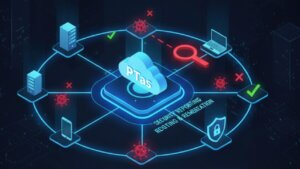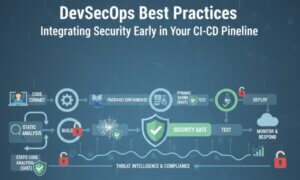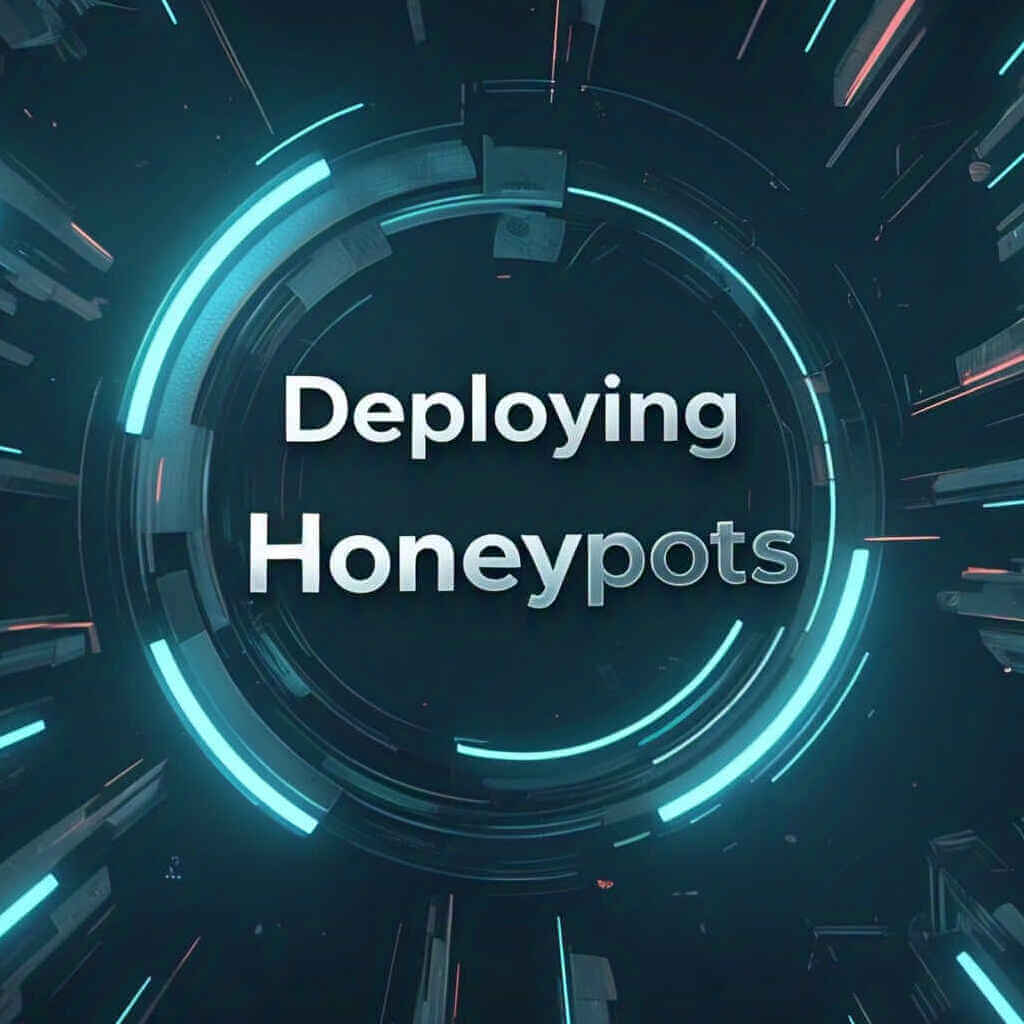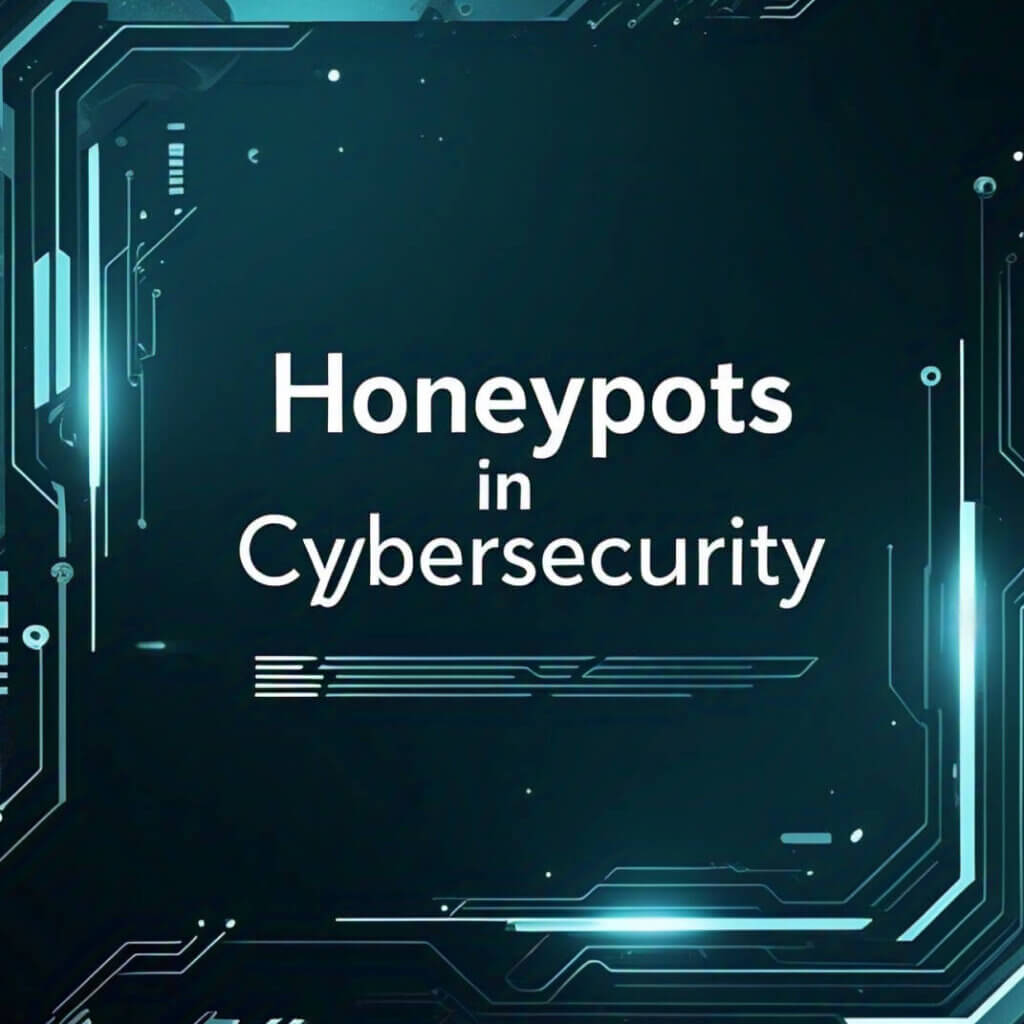As organizations increasingly migrate their operations to the cloud, the need for robust cybersecurity measures has never been greater. Honeypots, which have long been a valuable tool for detecting and analyzing cyber threats, are now being adapted for cloud environments. However, deploying honeypots in the cloud comes with its own set of challenges and considerations.
In this blog, we’ll explore the unique challenges of deploying honeypots in cloud environments and provide best practices to help you implement them effectively. From scalability and integration to avoiding false positives, we’ll cover everything you need to know to leverage honeypots in the cloud.
Why Deploy Honeypots in the Cloud?
Cloud environments are inherently dynamic, scalable, and complex, making them an attractive target for cybercriminals. Honeypots can play a critical role in securing cloud infrastructures by:
Detecting Threats: Identifying malicious activity targeting cloud resources.
Gathering Intelligence: Providing insights into attacker behavior and emerging threats.
Enhancing Incident Response: Serving as early warning systems for potential breaches.
Supporting Compliance: Helping organizations meet regulatory requirements by monitoring and logging attack attempts.
However, deploying honeypots in the cloud requires careful planning and execution to address the unique challenges of cloud environments.
Challenges of Deploying Honeypots in the Cloud
1. Scalability
Cloud environments are designed to scale dynamically, but traditional honeypots may struggle to keep up with the rapid changes in cloud infrastructure. Ensuring that your honeypots can scale alongside your cloud resources is a key challenge.
2. Integration with Cloud Services
Cloud environments often rely on a variety of services, such as virtual machines, containers, and serverless functions. Integrating honeypots with these services while maintaining seamless operations can be complex.
3. Avoiding False Positives
In the cloud, legitimate traffic can sometimes resemble malicious activity, leading to false positives. Distinguishing between real threats and benign activity is critical to avoid overwhelming security teams with unnecessary alerts.
4. Isolation and Containment
Ensuring that a compromised honeypot does not affect other cloud resources is a major concern. Proper isolation and containment strategies are essential to prevent attackers from using the honeypot as a launchpad for further attacks.
5. Cost Management
Cloud resources are often billed based on usage, and deploying honeypots can incur additional costs. Balancing the need for effective threat detection with cost efficiency is a key consideration.
Best Practices for Deploying Honeypots in Cloud Environments
To overcome these challenges and deploy honeypots effectively in the cloud, follow these best practices:
1. Leverage Cloud-Native Tools and Services
Cloud providers offer a range of native tools and services that can simplify honeypot deployment. For example:
AWS: Use AWS Lambda for serverless honeypots or Amazon EC2 for virtual machine-based honeypots.
Azure: Leverage Azure Functions for serverless deployments or Azure Virtual Machines for traditional setups.
Google Cloud: Use Google Cloud Functions or Google Kubernetes Engine (GKE) for scalable honeypot deployments.
Pro Tip: Use infrastructure-as-code (IaC) tools like Terraform or CloudFormation to automate honeypot deployment and management.
2. Design for Scalability
To ensure your honeypots can scale with your cloud environment:
Use Containerized Honeypots: Deploy honeypots in containers (e.g., Docker) for easy scaling and management.
Adopt Serverless Architectures: Use serverless functions to deploy honeypots that automatically scale based on demand.
Implement Auto-Scaling: Configure auto-scaling policies to adjust honeypot resources based on traffic patterns.
Example: Deploy a low-interaction honeypot using AWS Lambda to automatically scale during peak traffic periods.
3. Integrate with Cloud Security Tools
Integrating honeypots with existing cloud security tools can enhance their effectiveness. Consider:
SIEM Integration: Feed honeypot data into a Security Information and Event Management (SIEM) system for centralized analysis.
Threat Intelligence Platforms: Share honeypot data with threat intelligence platforms to improve detection capabilities.
Cloud Security Posture Management (CSPM): Use CSPM tools to monitor and secure honeypot configurations.
Pro Tip: Use APIs to integrate honeypots with cloud-native security services like AWS GuardDuty or Azure Security Center.
4. Minimize False Positives
To reduce false positives and ensure accurate threat detection:
Fine-Tune Detection Rules: Customize honeypot rules to focus on specific attack patterns or behaviors.
Use Behavioral Analytics: Leverage machine learning to distinguish between legitimate traffic and malicious activity.
Monitor Traffic Patterns: Analyze normal traffic patterns to identify anomalies that may indicate an attack.
Example: Use a high-interaction honeypot to simulate a realistic environment, reducing the likelihood of false positives.
5. Ensure Proper Isolation and Containment
To prevent a compromised honeypot from affecting other cloud resources:
Use Network Segmentation: Place honeypots in isolated network segments (e.g., a dedicated VLAN or VPC).
Implement Access Controls: Restrict access to honeypots using role-based access control (RBAC) and firewall rules.
Monitor Honeypot Activity: Continuously monitor honeypot interactions to detect and respond to compromises quickly.
Pro Tip: Use cloud-native isolation features like AWS VPC or Azure Virtual Network to secure your honeypots.
6. Optimize Costs
To manage the costs of deploying honeypots in the cloud:
Use Low-Cost Resources: Deploy honeypots using low-cost virtual machines or serverless functions.
Monitor Resource Usage: Track honeypot resource consumption and adjust configurations to optimize costs.
Leverage Free Tiers: Take advantage of free tiers offered by cloud providers for testing and small-scale deployments.
Example: Use Google Cloud’s free tier to deploy a low-interaction honeypot for initial testing and evaluation.
7. Continuously Update and Maintain Honeypots
Honeypots require ongoing maintenance to remain effective. Best practices include:
Regular Updates: Keep honeypot software and configurations up to date to address new threats.
Log Analysis: Continuously analyze honeypot logs to identify emerging attack patterns.
Incident Response: Develop a response plan for handling incidents detected by honeypots.
Pro Tip: Use automated tools to update and maintain honeypots, reducing the burden on security teams.
Real-World Use Cases for Cloud Honeypots
1. Detecting Cloud-Specific Threats
Honeypots can be used to detect threats targeting cloud-specific services, such as misconfigured S3 buckets or exposed APIs.
2. Studying Attack Techniques
Security researchers can use cloud honeypots to study attacker behavior and develop new defenses.
3. Enhancing Incident Response
Honeypots can serve as early warning systems, alerting organizations to potential breaches in their cloud environments.
4. Supporting Compliance
Honeypots can help organizations meet regulatory requirements by monitoring and logging attack attempts.
Conclusion
Deploying honeypots in cloud environments offers a powerful way to detect and analyze cyber threats, but it comes with unique challenges. By leveraging cloud-native tools, designing for scalability, and integrating with existing security solutions, organizations can overcome these challenges and deploy honeypots effectively.
As the cloud continues to evolve, so too must our cybersecurity strategies. Honeypots, when implemented correctly, can provide valuable insights into emerging threats and help organizations stay one step ahead of cybercriminals. By following the best practices outlined in this blog, you can harness the full potential of honeypots to secure your cloud environment.
Summary of Key Takeaways
| Challenge | Best Practice |
|---|---|
| Scalability | Use containerized or serverless honeypots. |
| Integration | Leverage cloud-native tools and APIs. |
| False Positives | Fine-tune detection rules and use analytics. |
| Isolation | Use network segmentation and access controls. |
| Cost Management | Optimize resource usage and leverage free tiers. |
| Maintenance | Regularly update and analyze honeypot logs. |
Why Businesses Trust SecureMyOrg for Comprehensive Network Security
At SecureMyOrg, we uncover and fix all possible security vulnerabilities of mobile and web, while providing solutions to mitigate risks. We are trusted by renowned companies like Yahoo, Gojek and Rippling, and with 100% client satisfaction, you’re in safe hands!







Some of the things people reach out to us for –
- Building their cybersecurity program from scratch – setting up cloud security using cost-effective tools, SIEM for alert monitoring, building policies for the company
- Vulnerability Assessment and Penetration Testing ( VAPT ) – We have certified professionals, with certifications like OSCP, CREST – CPSA & CRT, CKA and CKS
- DevSecOps consulting
- Red Teaming activity
- Regular security audits, before product release
- Full time security engineers.
Relevant Posts

AI-Powered Phishing Emails: 7 Ways to Spot and Stop Them Before They Strike
Penetration testing as a service (PTaaS) lets experts simulate real attacks to uncover vulnerabilities before hackers do. This guide explains the process, benefits, and costs, helping businesses strengthen defenses with predictable, ongoing security checks.

Why Regular Penetration Testing is Essential for Modern Companies
Penetration testing as a service (PTaaS) lets experts simulate real attacks to uncover vulnerabilities before hackers do. This guide explains the process, benefits, and costs, helping businesses strengthen defenses with predictable, ongoing security checks.

What Is Penetration Testing as a Service?
Penetration testing as a service (PTaaS) lets experts simulate real attacks to uncover vulnerabilities before hackers do. This guide explains the process, benefits, and costs, helping businesses strengthen defenses with predictable, ongoing security checks.

How To Inspect Encrypted Traffic Without Breaking Privacy
Network administrators face a challenge: securing systems while respecting privacy. This guide explains how to inspect encrypted traffic without breaking privacy using metadata, anomaly detection, and machine learning ensuring visibility, compliance, and trust.

How to Audit Infrastructure as Code (IaC) for Security Vulnerabilities
Discover how to audit Infrastructure as Code (IaC) for security vulnerabilities with this practical guide. Learn to scan IaC files using tools like Checkov, fix issues like exposed resources, and integrate audits into CI/CD pipelines. Protect your cloud systems from misconfigurations and ensure compliance with clear, actionable steps.

DevSecOps Best Practices: Integrating Security Early in Your CI/CD Pipeline
This article provides a practical guide to embedding security into every stage of your CI/CD pipeline. Learn core DevSecOps best practices like SAST, DAST, dependency scanning, secrets management, and compliance automation to catch vulnerabilities early, foster a culture of shared ownership, and build a secure-by-design development process that accelerates release cycles.

